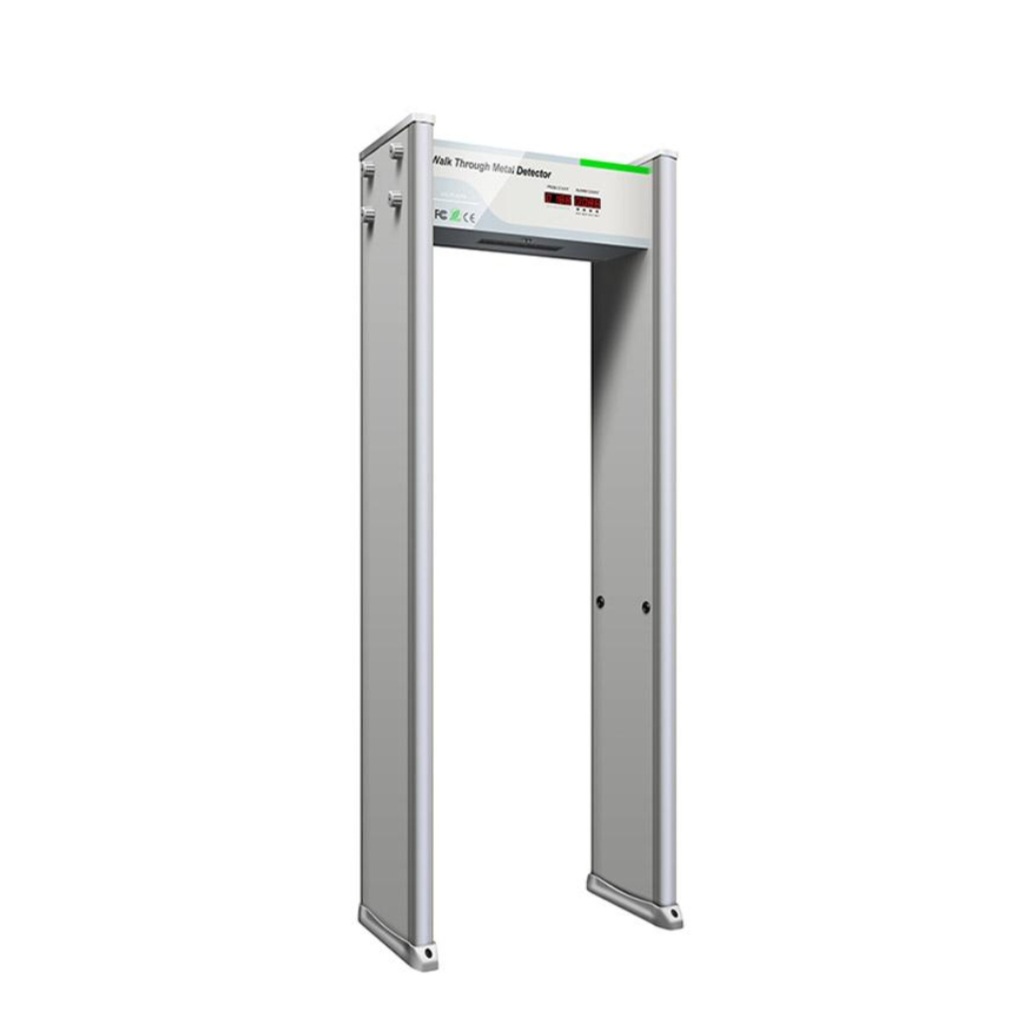Walk-Through Metal Detectors are commonly used in diverse settings to help enhance security by detecting metallic objects on individuals passing through. However, it is essential to evaluate their effectiveness and reliability to ensure they meet the desired level of threat detection. This article examines the factors involved in evaluating the effectiveness and reliability of Walk-Through Metal Detectors, including their detection capabilities, false alarm rates, durability, adaptability, and adherence to industry standards.
1. Detection Capabilities:
An essential aspect of evaluating Walk-Through Metal Detectors is their detection capabilities. Effective detectors should be able to accurately identify a wide range of metallic objects that may pose a threat. The sensitivity of the detectors should be adjustable to accommodate different environments and situations. Evaluating the detection capabilities involves testing the detectors with various objects of varying sizes and compositions to verify their accuracy in identifying potential threats.
2. False Alarm Rates:
Walk-Through Metal Detectors should have low false alarm rates to minimize inconvenience and maintain operational efficiency. False alarms can result from factors such as environmental conditions, electromagnetic interference, or the presence of benign metal objects such as jewelry or watches. Evaluating the false alarm rates involves conducting thorough testing in different environments to determine the detector's ability to distinguish between actual threats and harmless items.
3. Durability and Reliability:
The durability and reliability of Walk-Through Metal Detectors are crucial factors in evaluating their effectiveness. These detectors are often subjected to constant use, potential physical impact, and varying environmental conditions. Evaluating their durability involves examining the construction materials, build quality, and resistance to wear and tear. In addition, assessing the reliability entails reviewing the detector's performance under demanding conditions over an extended period, including its ability to maintain consistent accuracy.
4. Adaptability to Various Environments:
Walk-Through Metal Detectors are deployed in various environments, each with its unique challenges and requirements. Evaluating the adaptability of these detectors involves considering factors such as their size, installation versatility, and ability to function effectively in different environmental conditions. A detector that can be easily customized, adjusted, or supplemented with additional features to suit specific environments will contribute to its overall effectiveness.
5. Industry Standards and Certifications:
The adherence of Walk-Through Metal Detectors to industry standards and certifications is crucial in evaluating their effectiveness and reliability. Compliance with recognized standards, such as International Electrotechnical Commission (IEC) or National Institute of Justice (NIJ), ensures that the detectors meet specific performance and safety criteria. Evaluating these standards and certifications helps determine the degree of confidence in a detector's effectiveness and reliability.
6. Maintenance and Support:
To ensure long-term effectiveness and reliability, Walk-Through Metal Detectors require regular maintenance and adequate support. Evaluating the maintenance requirements involves examining the ease of calibration, software updates, and any necessary repairs or replacements. Additionally, assessing the availability and quality of technical support services is important to address any issues promptly and minimize downtime.
7. User Training and Education:
The effectiveness and reliability of Walk-Through Metal Detectors are greatly influenced by the knowledge and proficiency of the operators. Therefore, evaluating the training and education provided to the operators becomes vital. Adequate training should encompass understanding the detector's features, interpreting alarm signals, and handling various scenarios. Regular refresher courses and updates on emerging threats are also crucial to ensure continued effectiveness.
Conclusion:
Evaluating the effectiveness and reliability of Walk-Through Metal Detectors is essential to ensure they meet the desired security objectives. By considering factors such as detection capabilities, false alarm rates, durability, adaptability to different environments, adherence to industry standards, maintenance requirements, and user training, organizations can assess the performance of these detectors accurately. Conducting thorough evaluations enables security professionals to make informed decisions about implementing and optimizing Walk-Through Metal Detectors, ultimately enhancing overall security and threat detection capabilities.


No comments yet